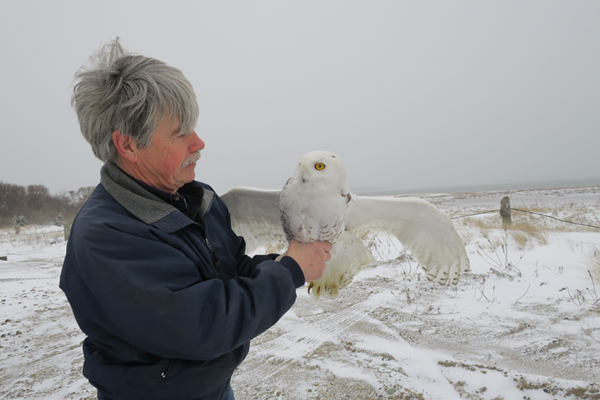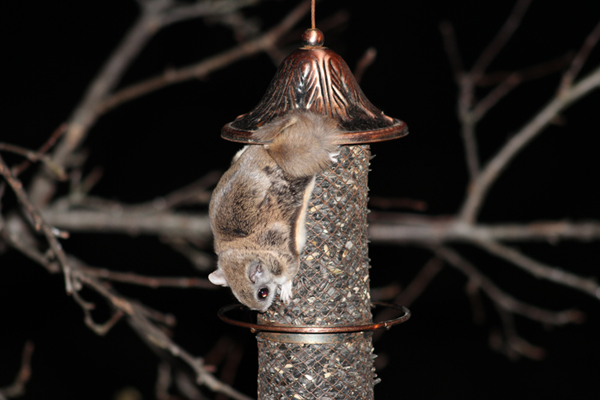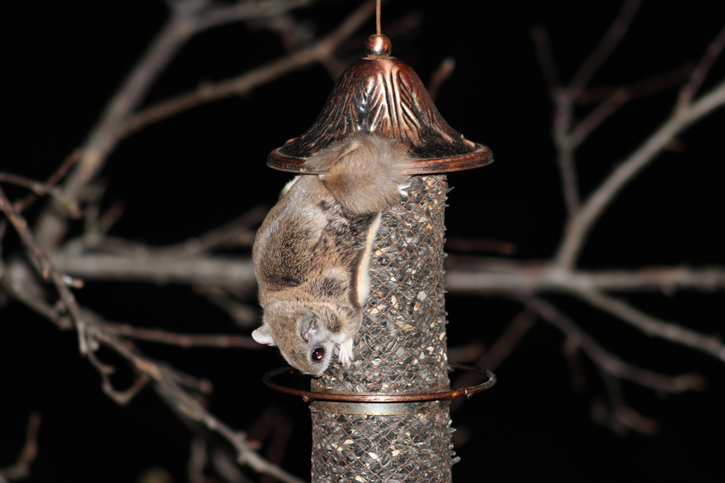On Monday, January 29, Norman Smith (director at Blue Hills Trailside Museum) carefully captured a snowy owl at Logan Airport (for the safety of the owl and the planes). The next day, he released it on Duxbury Beach.
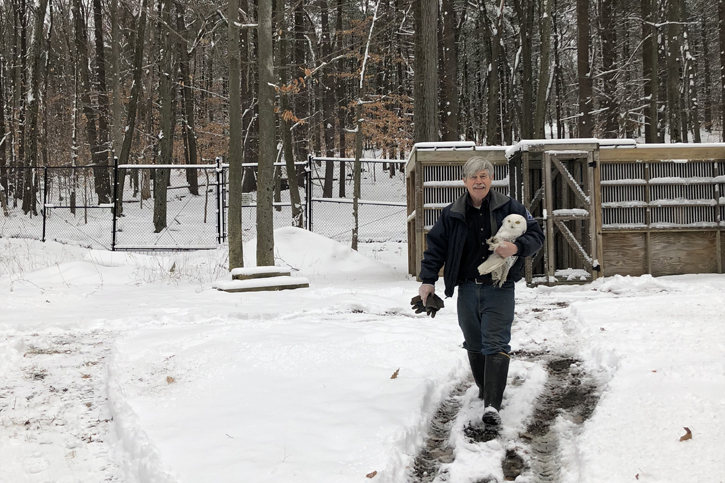
Snowy owls are attracted to Logan because the landscape resembles the Arctic tundra and there are plenty of rodents and waterfowl to eat. This was the 26th snowy owl he has relocated from Logan this winter.
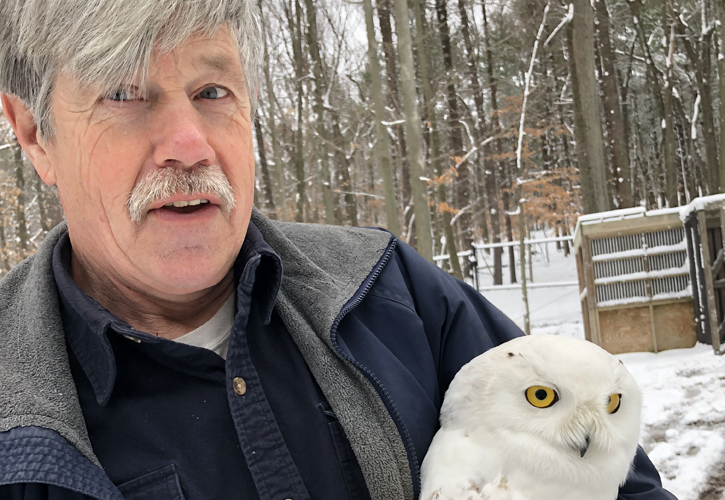
After safely capturing it, he brought it back to Trailside to measure, weigh, and band it. The following day, he fed the owl then safely puts it in the car and heads to Duxbury Beach to release it.
To drive on Duxbury Beach you need a permit. If you do come, please read the signs and stay off the dunes for the safety of the beach and wildlife.

Once at a good spot, Norman retrieves the owl. He has been doing this for more than 25 years and knows the best way to handle the owl. Before letting him go, Norman shared a few words about the owl, including that it’s a second year bird (probably born in June 2017). You can tell by its uniform feathers and no sign of molt.
Once released the owl doesn’t go far. Can you see him? He’s in the center at the edge of the beach just before the water.
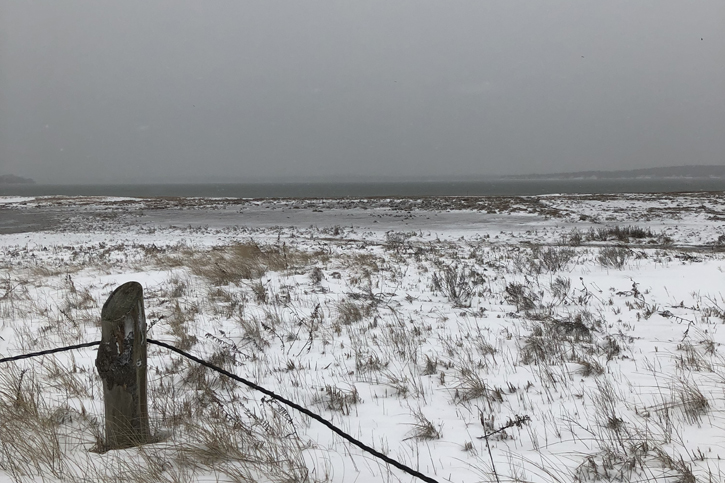
You don’t have to brave the wind and cold to see a snowy owl up close. At Blue Hills Trailside Museum in Milton, there are 2 snowy owls in the wildlife exhibit—they have been injured and wouldn’t survive in the wild.
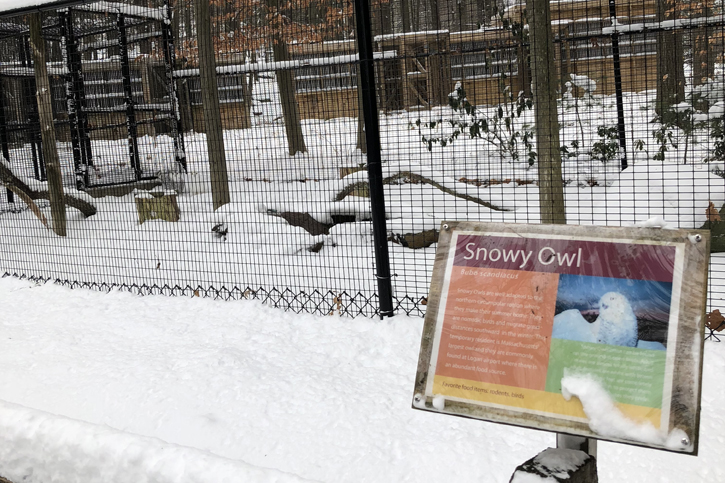
How You Can Help
You can help support Norman’s work protecting and studying snowy owls by making a donation to the Snowy Owl Project.


